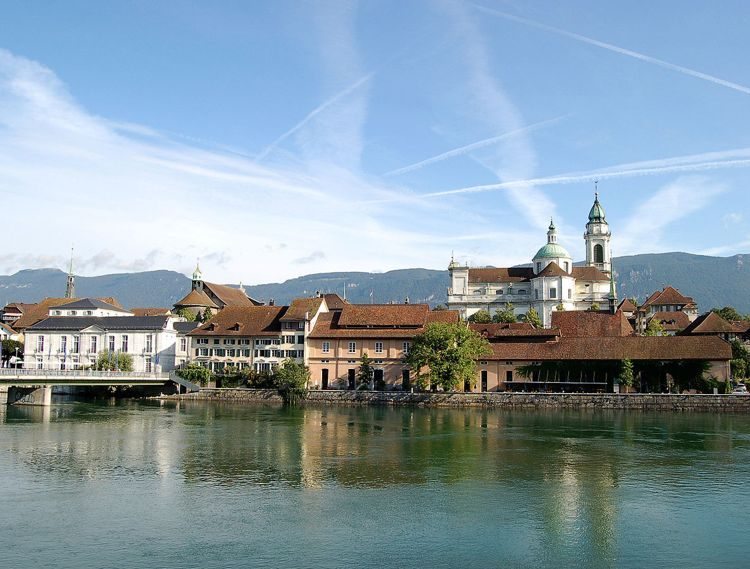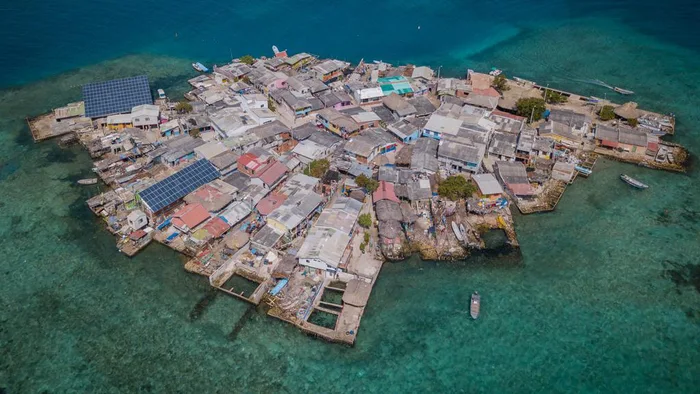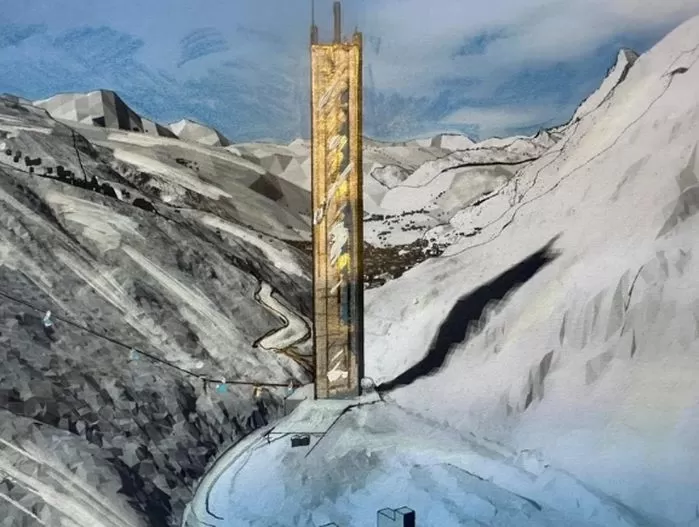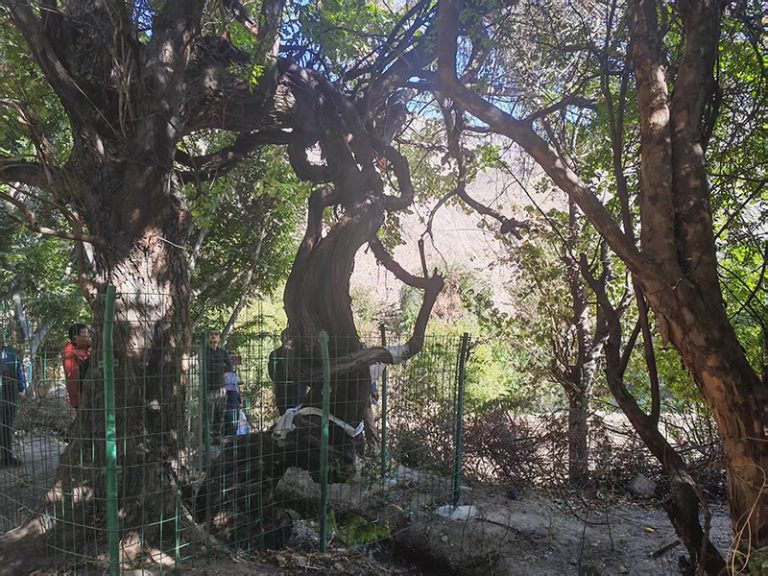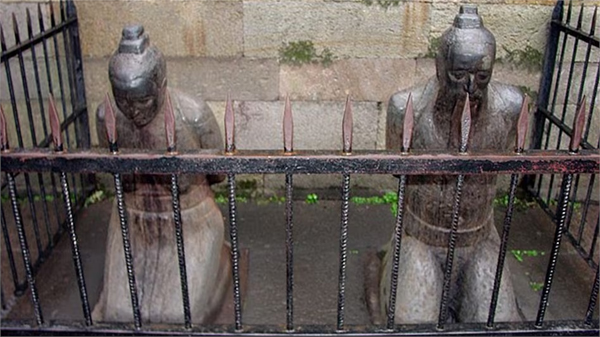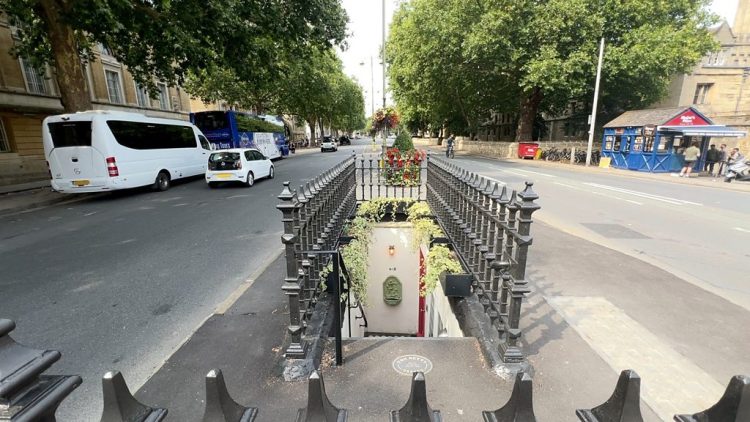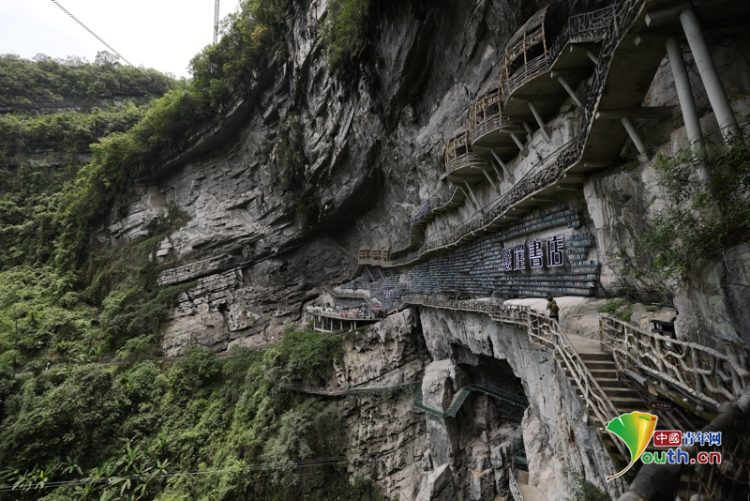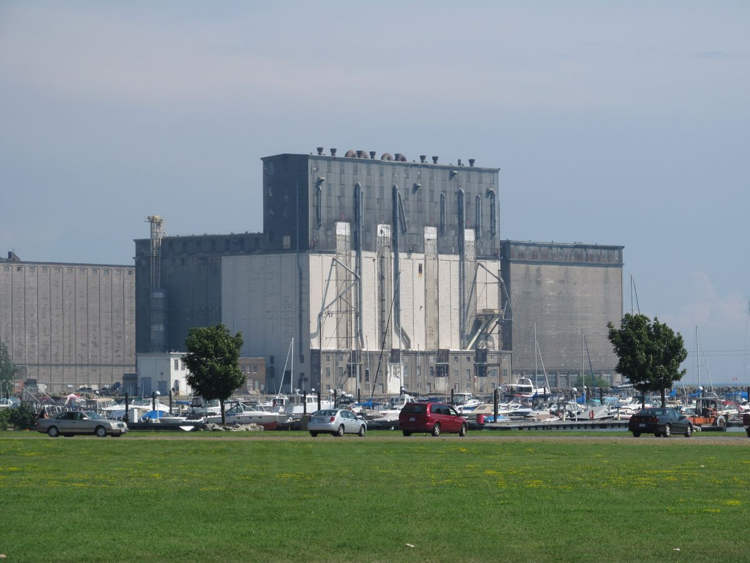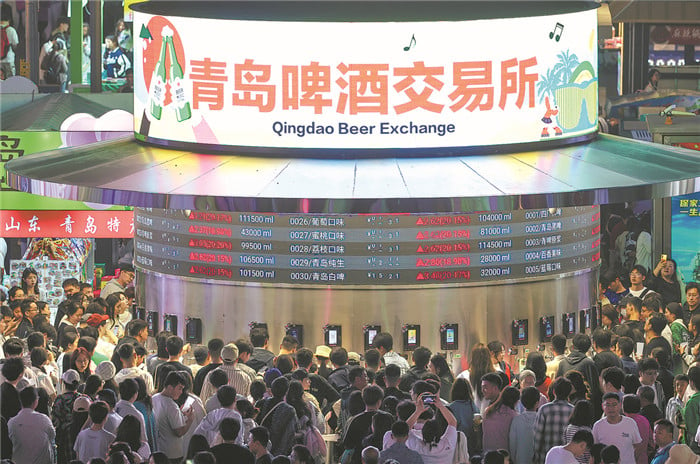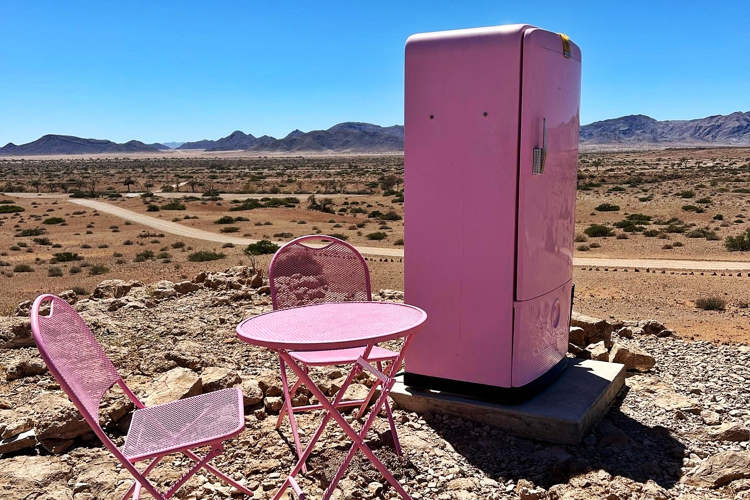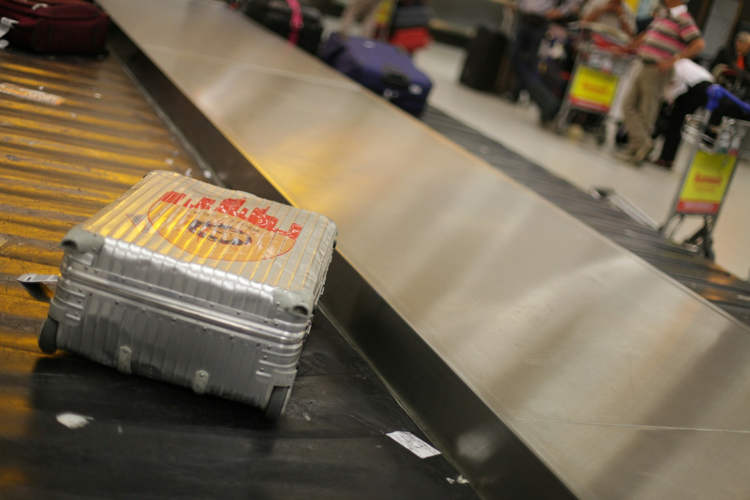Solothurn is a picturesque town in the north-west of Switzerland known primarily for its special affinity for the number 11. It seems like everything in this place was designed around this magical number, from the fact that there are precisely 11 churches and chapels, as well as eleven historical fountains, eleven museums and eleven towers in Solothurn, to the rather bizarre clock in the town square that features an 11-hour dial and the number 12 missing.
Although virtually everyone in Solothurn knows about the town’s obsession with the number 11, its origin is shrouded in mystery. Some say it was inspired by a folk legend about magical elves coming down from the nearby Weissenstein mountain to hearten the people of Solothurn, who worked hard but never prospered. The grateful inhabitants started incorporating the number 11, or ‘elf’ in German, as a tribute for the creatures’ aid. But there are also those who claim that the number 11 has biblical connotations, deeming it holy and prophetic. One thing’s for sure, though, Solothurn’s obsession with this number can be traced back centuries.
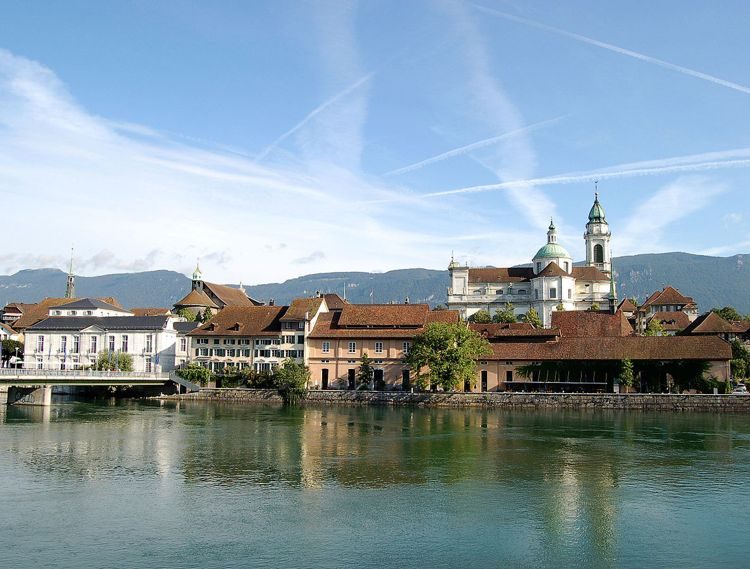
Photo: Ch-info.ch/Wikimedia Commons (CC BY-SA 3.0)
The first mention of 11 in Solothurn’s history dates back to 1252, when the guilds that first voted for the town’s council elected 11 members. Then, in 1481, Solothurn became the 11th canton of the Swiss Confederation, and a century later it was divided into 11 protectorates. The fact that there are 11 different medieval societies, or guilds, mentioned in the history of this place is definitely no coincidence either.
Another great example of Solothurn’s obsession with the number 11 is the magnificent Cathedral of St. Ursus. Designed by Italian architect Gaetano Matteo Pisoni, it was built in 11 years, features three sets of steps, each numbering 11 rows, 11 doors, 11 bells and 11 altars, one of which is made out of 11 different types of marble. Interestingly, the altars can be viewed simultaneously from only one place in the cathedral, the 11th black stone in the nave.
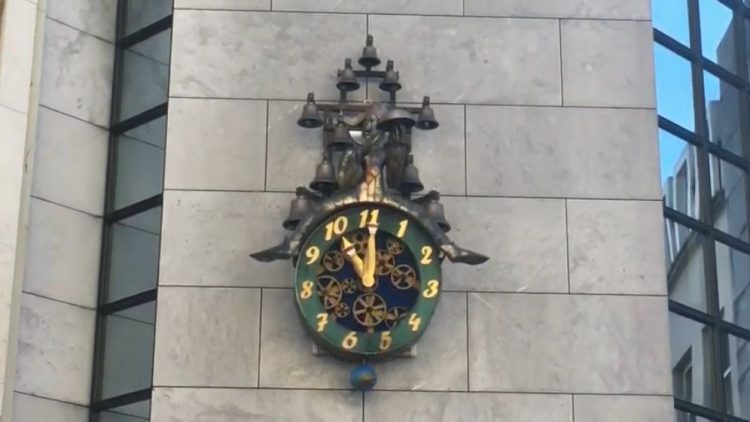
Photo: YouTube screengrab
The kneelers in the cathedral are arranged in rows of eleven, the pews as well, and even the number of pipes on the large organ is divisible by 11. The Romanesque facade is 3 x 11 meters high and the tower measures 6 x 11 meters up to the weathercock. 11 is everywhere in this place.
“Pisoni ran riot with the idea,” Solothurn native Therese Stählin recently told the BBC. “He was ordered by the government at the time to include the number 11. And he did. Everywhere. Even one of the altars is made from 11 types of marble.”
The people of Solothurn have also incorporated this fascination with the number 11 into their daily lives. For example, there are special celebrations held on 11th birthdays and multiples thereof, and there are local products and businesses that include the special number. There is “Öufi-Bier” (Beer 11), “11-i Schokolade” (11-Chocolate), and even “öufiyoga” (11 o’clock yoga). An 11-year-old whisky matured in beer barrels is also in the works.
The mysterious relationship between Solothurn and the number 11 has become one of the town’s primary tourist attractions, and there is even a themed tour about the number 11.

